THE BEGINNING


If you don't like
what you see,
do something to change it.
It was this feeling that brought together designer José Octávio and chemical engineer Esther to transform the landscape of the sport they love so much. “How does surfing, a sport that depends on nature, deal with environmental issues?”
It was this feeling that brought together designer José Octávio and chemical engineer Esther to transform the landscape of the sport they love so much.
“How does surfing, a sport that depends on nature, deal with environmental issues?”
“How does surfing, a sport that depends on nature, deal with environmental issues?”
They didn’t have to think too much to detect the paradox between the materials used to make surfboards and the environmental impacts they cause.
There is no denying that the combination of polyurethane foam (PU) or expanded polystyrene (EPS) + polyester or epoxy resin + fiberglass results in a high-quality product for surfers. However, these are highly toxic materials that pose health risks to shapers, and are non-recyclable (and rarely, when they are recyclable, they are not recycled) and at the end of their lives they become a major environmental problem, taking hundreds of years to decompose.
With all this in mind, Esther and José Octávio began this journey.
Learn more about the solution they found in the tab FOAM IN SYNC.

